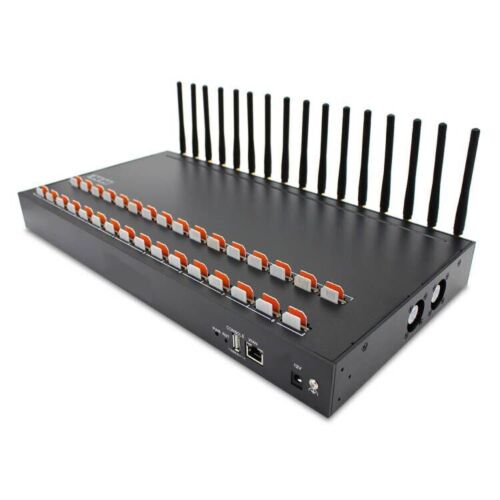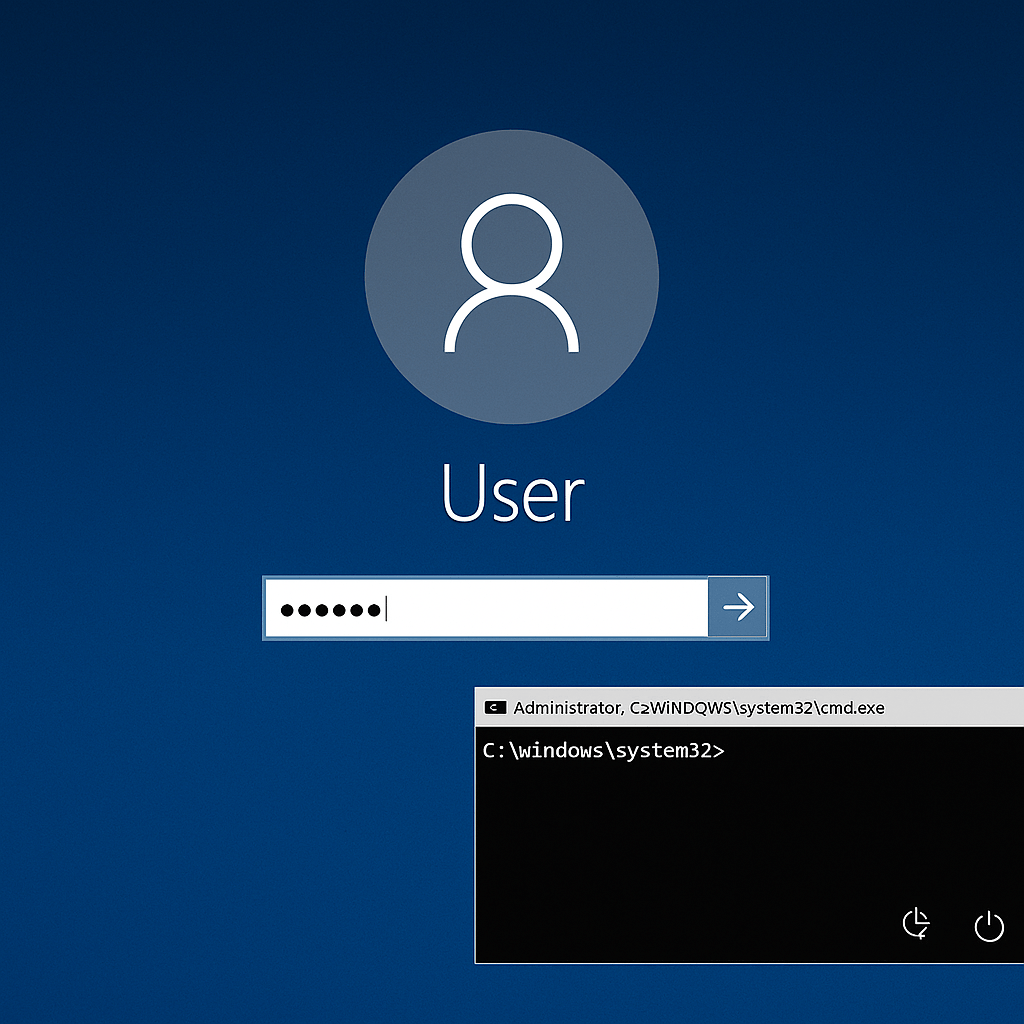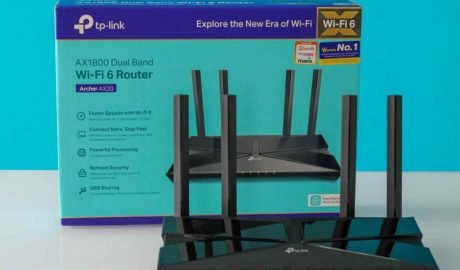A set of four Bluetooth vulnerabilities dubbed “PerfektBlue”, discovered by researchers at PCA Cyber Security, expose a critical weakness in the BlueSDK Bluetooth stack developed by OpenSynergy. This stack is integrated into millions of vehicles via their In-Vehicle Infotainment (IVI) platforms.

The flaws — classified under CVE-2024-45431 to CVE-2024-45434 — allow attackers to execute arbitrary code remotely, access driver data, and potentially pivot into internal vehicle networks. While patches were released in late 2024, incomplete OEM adoption has left a wide exposure window into 2025.
Who Is Affected?
Confirmed Vehicle Models:
- Volkswagen ID.4 – ICAS3 IVI system
- Mercedes-Benz – NTG6 platform
- Skoda Superb – MIB3 infotainment
- Fourth unnamed OEM – to be disclosed at a November 2025 security conference
Technical Analysis of Each Vulnerability
CVE-2024-45434 – Use-After-Free in AVRCP (High Severity)
- Component: AVRCP (Audio/Video Remote Control Profile)
- Bug Type: Use-after-free
- Impact: Full Remote Code Execution (RCE)
- Attack Prerequisites: Valid paired device or accepted pairing
Exploitation Flow:
- Attacker sends specially crafted AVRCP “Play” command post-pairing.
- The command triggers a double-free or dangling pointer in memory.
- The attacker forces reuse of stale memory, overwriting the function pointer table.
- The overwritten pointer redirects execution to shellcode (e.g., netcat reverse shell).
Real-World Example:
# Paired device sends crafted AVRCP packet with rogue opcode
bluetoothctl > connect AA:BB:CC:DD:EE:FF
# Buffer overrun triggers shell execution in /tmp/
CVE-2024-45431 – L2CAP CID Mismatch (Low Severity)
- Component: L2CAP (Logical Link Control and Adaptation Protocol)
- Bug Type: Input validation flaw
- Impact: Denial of Service, Setup for Chaining Exploits
Exploitation Flow:
- The attacker sends a malformed L2CAP packet with an invalid Channel ID.
- The BlueSDK L2CAP handler misroutes it or crashes the connection handler.
- Used as a reliability buster or to set up heap grooming for follow-up exploits.
Real-World Example:
from bluetooth import *
sock = BluetoothSocket(L2CAP)
sock.connect(("target_mac", 0x1001)) # invalid CID triggers malformed response
CVE-2024-45432 – Parameter Tampering in RFCOMM (Medium Severity)
- Component: RFCOMM (Serial Port Emulation)
- Bug Type: Parameter corruption
- Impact: Limited remote command injection
Exploitation Flow:
- Attacker crafts RFCOMM control packet with rogue baud rate / signal flags.
- Misaligned internal structures are passed to function calls.
- Depending on heap layout, this can trigger arbitrary memory overwrite or command injection.
Real-World Use Case:
- Trigger shell commands passed to debug consoles used by engineers.
- Elevate from “media user” to “debug shell”.
CVE-2024-45433 – Unchecked Return in RFCOMM Disconnect (Medium Severity)
- Component: RFCOMM
- Bug Type: Faulty cleanup logic
- Impact: Buffer overrun → arbitrary code execution
Exploitation Flow:
- Attacker repeatedly connects/disconnects with abnormal flags.
- Function fails to correctly zero-out buffers post-disconnect.
- Residual data allows buffer overflow during a reconnect phase.
Scenario:
Attacker exploits this to inject a memory scanner that exfiltrates pairing keys, GPS logs, or contacts from the IVI platform.
Attack Scenario: Full PerfektBlue Chain
| Step | Description |
|---|---|
| 1️⃣ Initial Access | Attacker pairs with vehicle using malicious Bluetooth adapter. In some vehicles, this is auto-approved or one-click approved. |
| 2️⃣ L2CAP Destabilization | CVE-2024-45431 used to manipulate buffer state or crash handler briefly. |
| 3️⃣ RFCOMM Exploit | CVE-2024-45432/33 used to execute rogue commands or overwrite function logic. |
| 4️⃣ RCE via AVRCP | Final payload delivered via CVE-2024-45434, launching shell access. |
| 5️⃣ Post-Exploitation | Attacker pivots: dump GPS logs, listen via mic, inspect CAN-bus interface. |
Realistic Threat Models
- Parking Lot Attacks: Attacker waits near dealership, shopping mall, or charging station.
- Drive-by Exploits: During traffic stops or gas stations, Bluetooth connection range can enable pairing in seconds.
- Targeted Stalking: Attacker installs rogue device in vehicle with short-term access (valet parking, service garage).
- Fleet Espionage: Attack used to siphon data from corporate or governmental vehicles.
Broader Security Reflections
1. Infotainment ≠ Harmless
The misconception that infotainment is “air-gapped” from critical vehicle subsystems has been proven incorrect by:
- CAN-adjacent messaging bridges
- Debug interfaces (UART, JTAG) exposed in firmware
- Shared memory buffers with GPS, modem, and voice modules
2. Supply Chain Obscurity Is a Risk Multiplier
- OpenSynergy’s BlueSDK is closed source and governed by NDAs, leaving OEMs blind to embedded component vulnerabilities.
- Lack of SBOM (Software Bill of Materials) transparency delayed patch response by 6–9 months for some vendors.
Mitigation & Detection Guidance
For OEMs:
- Apply BlueSDK 2024.09+ patch immediately.
- Separate media stack from telematics/critical systems using microkernel or hypervisor design.
- Use Secure Boot and verified firmware update chains.
- Enforce manual approval for all Bluetooth pairing attempts.
For Blue Teams / SOCs:
- Monitor IVI logs for:
- Repeated RFCOMM connects/disconnects
- Unexpected AVRCP commands
- Shell process creation
- Implement Bluetooth protocol fuzzers in CI pipelines.
- Segment debug ports from production-ready builds.
What’s Next?
- PCA Cyber Security plans to release:
- Full exploit scripts under a responsible disclosure framework.
- Fourth OEM identity at VehicleSecCon 2025 in November.
- Technical paper on “Automotive Protocol Stack Exploitation.”
The PerfektBlue flaws reveal a hidden risk layer in automotive cybersecurity — one where Bluetooth stacks, long considered secondary, now serve as gateways to embedded systems.

Information security specialist, currently working as risk infrastructure specialist & investigator.
15 years of experience in risk and control process, security audit support, business continuity design and support, workgroup management and information security standards.










